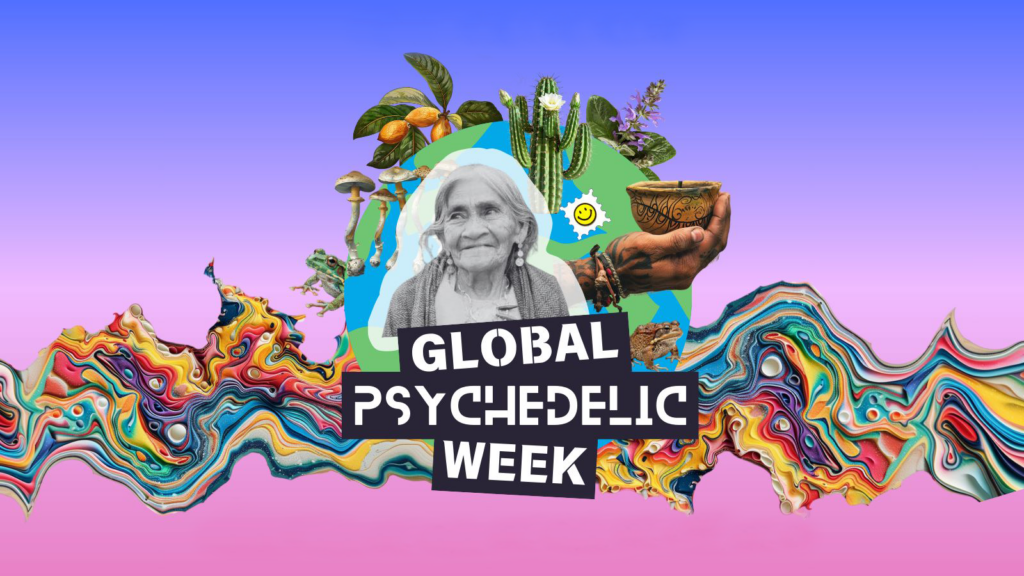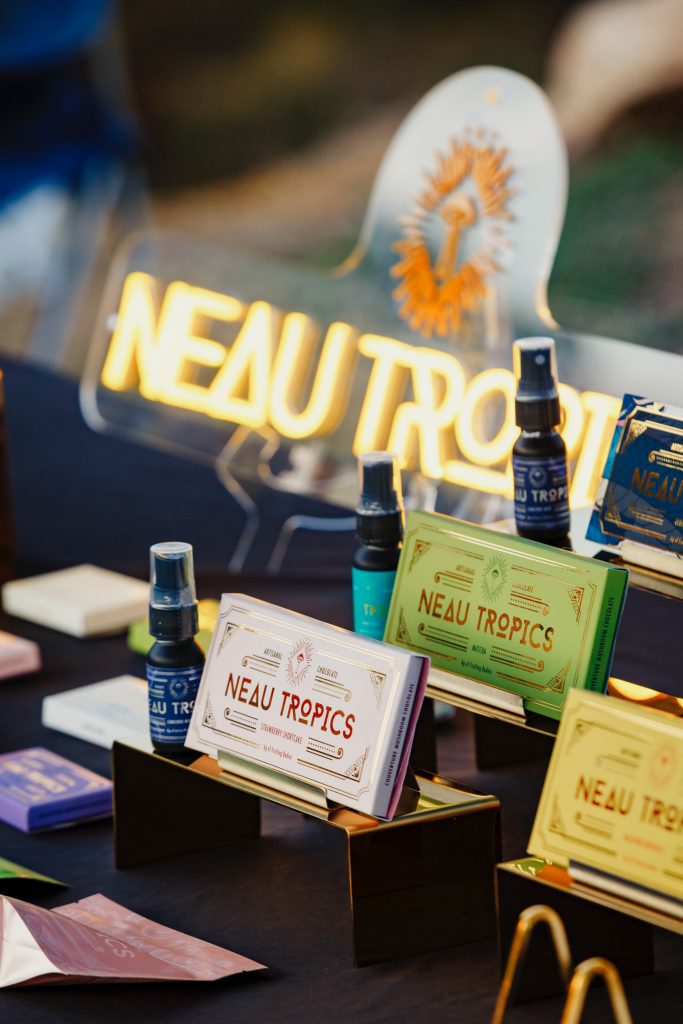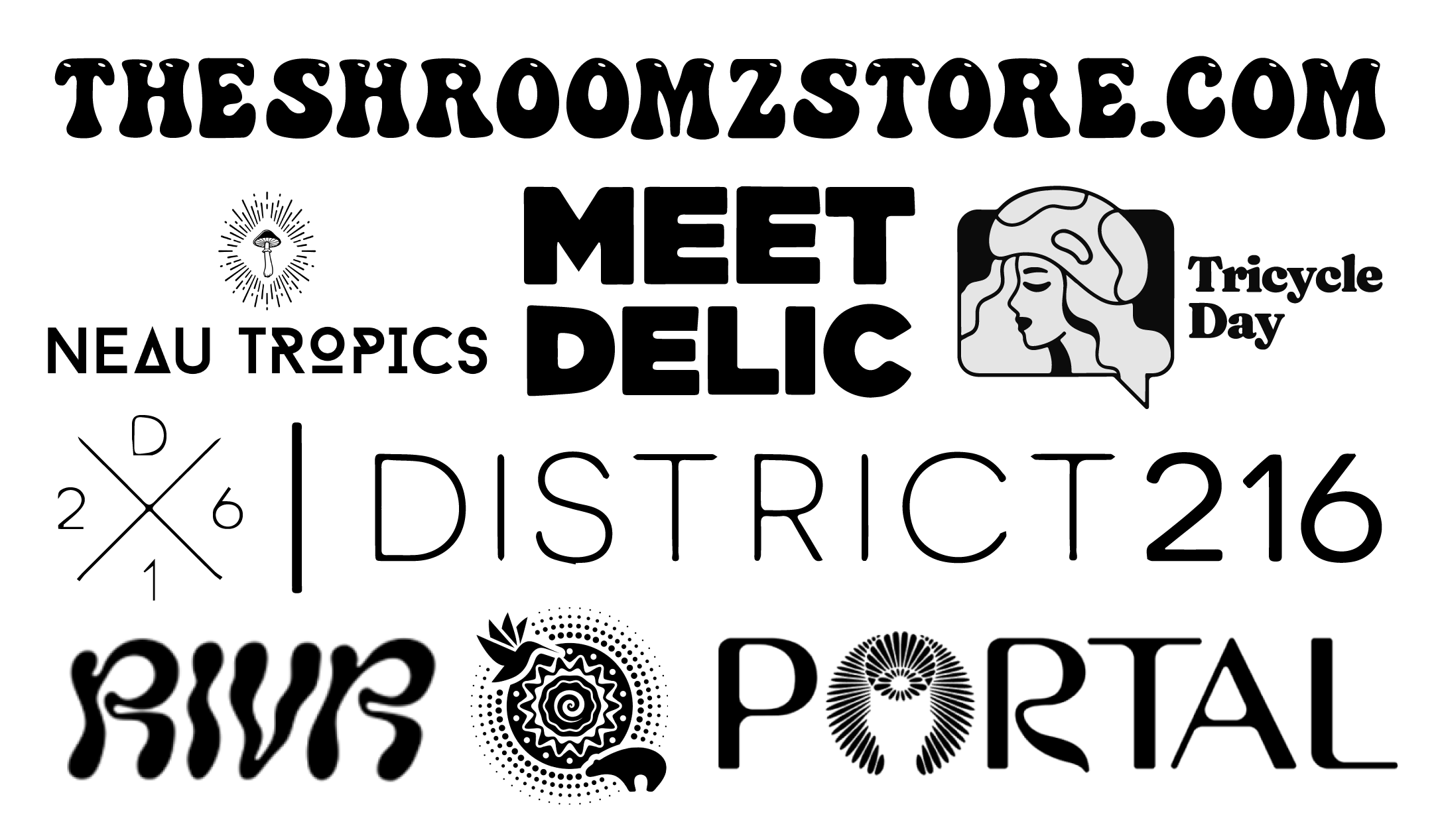Excerpted and abridged from The Gort Cloud, published
by Chelea Green Publishing, Vermont. A PDF diagram of the Gort Cloud can be downloaded at the bottom of this article.
I was some six months into the research and interviews for
my new book, The Gort Cloud, before the light went on. Originally, I was going
to write a book about ecopreneurs – the enterprising businesspeople who are
launching green products and building more eco-friendly companies. It was going
to be a book about the brand builders for the Age of Sustainability. As an
expert in brand consulting, I believed this was the perfect subject, because it
allowed me to use my knowledge and experience to explain how pioneering
businesspeople are creating products, identifying customers, and getting the
word out in the growing and hotly competitive green marketplace. The hope was
that such a book would serve as a guide to other would-be ecopreneurs,
encouraging more and more businesses to commit to environmental and social
responsibility. As a person concerned about the planet, I thought this would be
the perfect combination of career, experience, and passion.
Then I realized that the stories of the ecopreneurs I was
interviewing had as much – if not more – to do with the larger community that
supports them and on whom they are dependent.
My book is still about ecopreneurs and their experiences,
but it is also a book about this growing but mostly invisible community of
eco-conscious customers, partners, and other stakeholders who are also
committed to a more sustainable economy. In an effort to make this green
community more tangible and more visible to green business leaders, I call it
the Gort Cloud.
Without the vision – and the risk – of this new breed of
eco-conscious entrepreneur, we would not have today’s growing list of socially
responsible and sustainable products. We wouldn’t have the residential wind
turbine, the compact fluorescent bulb, or a gallon of low-VOC paint. Of course,
anything short of pure asceticism may be bad for the earth, but we are much
better off with business leaders who weigh the environment, humanity, and
profitability equally, instead of viewing the planet as both larder and waste
pile. My book describes the difficult decisions my subjects have made to
balance performance and cost in the quest to meet the expectations of their
customers and everyone – and everything – that shares this planet. It’s about
how they have translated these benefits into brand positions and unique selling
propositions that are designed to establish credibility and build market share
– without stretching the truth, something we call greenwashing. It’s also a
book about the marketing techniques these entrepreneurs and their partners have
used to target audiences and raise awareness.
Discovering a network hidden in plain sight
As I was busy sourcing information on these companies and
their markets, I continually came across families of similar organizations, all
sharing some aspect of sustainability. They included individual green
businesses and green business alliances; advocacy groups; NGOs; government
agencies and educational institutions; green bloggers; trendspotters; social
networks; certifying groups; technical libraries; news organizations; green
guides and green shopping websites; sustainability authors; and so many others.
Some deal with green building, others with organics. Some are focused on
transportation, or energy, or water conservation, or waste. Some groups
concentrate on a single focused subject, like the Slow Food movement or the
development of next-generation car batteries. Others deal with broad issues,
like global warming and climate change. While many of these groups are backed
by large organizations or institutions with substantial budgets, others are
one-person shows fueled only by personal energy. There’s a wealth of
information in this network, and it comes in all forms and sizes and, of
course, in different shades of professionalism. But the one thing they share is
that they all have a bearing – greater in some cases, lesser in others – on the
fortunes of enterprising green businesses. The network supplies a simultaneous
source of credibility, endorsement, and echo effect, which is a critical aspect
of viral marketing.
For each of these organizations, there are one, or ten, or
hundreds of people contributing. On the receiving end, there are hundreds,
thousands, even tens of thousands of people accessing this information – most
often through the Internet. It’s a huge network when you include everyone
contributing and everyone viewing, but we will never know how huge. It is
rapidly expanding and, therefore, unquantifiable.
Despite the fuzzy nature of the beast, I realized that this
vast network is connected. People know one another. They share information. The
longer they’ve been there, the more organizations and people they are
interconnected with. They form alliances and cross-discipline exchanges. The
leaders in each of these nodes in the network know many of the others, either
virtually or in person. On this point, the network is not limited by the Internet,
but facilitated by it. The Internet provides convenient glue, but the contents
spill out into the real world. Members of the community show up at the same
conferences and trade shows. They collaborate on presentations and research.
They weigh in on one another’s concerns, and they offer commentary on their
thoughts and musings in a kind of ad hoc peer review process. They are called
on to band together on certain issues. And . . . they have the power to make or
break new green products by virtue of their collective oversight. Like the
academic peer review process, citizens of this network offer critical reviews
of new green products and technologies.
The anatomy of a network
To understand this network better, I began to explore it and
play in it myself. I started categorizing the various groups by type of site
and by mission. I began to introduce myself to some of the key authors, and we
began a dialogue. I participated with others via membership, or contributions,
or literary exchanges – like this one. I attended their tradeshows and
conferences. Some of the green business websites published my articles, and I
made a point of reading their postings regularly. I bookmarked them, downloaded
them, tracked them. Like a teenager trapped in Facebook or Dungeons &
Dragons, I’ve become glued to this network with thousands of friends and
colleagues who share similar ideals. When I see a promising site emerge, like
the EcoMom Alliance, I make virtual introductions to other individuals in the
network.
I began to think of this particular green network as
something tangible with a mission and with a collective membership of
like-minded people. It wasn’t a single community. It wasn’t a movement. It
defied easy definition. And in my opinion it needed its own name.
The inspiration for the Gort Cloud lies in the Oort cloud,
named after the astronomer Jan Hendrick Oort, who guessed at its existence. The
Oort cloud is a vast field of stellar debris that orbits the solar system. It
is a thousand times farther out from the sun than Pluto and mostly made up of
comet nuclei, so, obviously, we can’t see the Oort cloud. We can only detect it
electronically and view its effects, mostly in the form of the occasional comet
it tosses back into our neighborhood. The mass of the Oort cloud is huge,
greater than the mass of the earth, but it’s invisible to us. Totally
invisible. This perfectly describes the Gort Cloud, a vast green network made
up of untidy bits that is most easily detected through electronic means and
that has a huge effect on the evolution of green business. Thus, a term was
coined.
None of my business subjects interviewed in my book thought
of this green network quite the way I have, but most have intuitively felt its
existence and interacted with it. They have all been unwitting players in the
Gort Cloud – this invisible network that connects thousands of environmentally
aware people. In building their companies and developing their products, the
Gort Cloud has played a role. For Spencer Brown at Earth Friendly Moving, now
called Rent a Green Box, it has been trendspotters and green news channels that
have spread the word about his eco-friendly alternative to the cardboard moving
box.
Gary Hirshberg of Stonyfield Farm has used dialogue with the
organic blogosphere to help explain the complicated trade-offs in sourcing
organic milk, the chief ingredient in his yogurt. Both Portfolio 21 Investments
and Southwest Windpower have hired egg, a
Seattle-based brand communications company to handle their communications. Egg,
in turn, targets participants in the Gort Cloud to deliver its clients’
messages, although it would deny knowing of a Gort Cloud by name – until I got
the firm involved in this book, of course.
One of the most adept Gort Cloud navigators among my
subjects must be Jeffrey Hollender, founder and CEO of Seventh Generation. He
is profoundly aware of the players in this universe and regularly reaches out
to them. The scope of his outreach touches Native American advocates, forestry
and chemical industry watchdogs, various players in the health food and green
grocery industry, and many others. Nearly as active but newer at the game is
Tom Szaky of TerraCycle, who spends nary a dime on advertising, instead relying
on an in-house PR team to mine channels within conventional media and the Gort
Cloud, where he is rewarded with endless newsbytes.
In the automotive arena, I chose to profile Tesla Motors and
a plug-in hybrid advocacy group called CalCars.org. Felix Kramer’s advocacy
group divides its time between outreach to the real world and collaboration
within the virtual world of the Gort Cloud. Tesla Motors has done a fantastic
job of conventional PR, but for every print write-up, there are countless
mentions on industry blogs and among automotive trendspotters that are also
aspects of the Gort Cloud.
I’ll spare you a synopsis for every one of my subjects, but
even the venerable Dr. Bronner, the magic soap maker who caught the train to
sustainability in the 1940s, has unwittingly made use of the Gort Cloud in
surprising ways. The backpacking community that often turns its passion for the
outdoors into environmental action has long used Dr. Bronner’s as toothpaste,
deodorant, insect repellent, body wash, and nonpolluting cookware soap. As
modern outdoors lovers now use the Internet to search and share, praise for
this product continues to echo around the Gort Cloud.
As far as business is concerned, the Gort Cloud is like a
versatile multitool. On the one hand, it is an enforcer of credibility
standards. Individual green businesses may argue about how extreme or
nitpicking that oversight should be, but I think all would agree that the Gort
Cloud functions as a watchdog against unwarranted claims or greenwashing. On
the other hand, the Gort Cloud can be a partner. It can provide technical
information and insights into consumer preferences; it can link manufacturers
with respected distributors and retail partners; and it can help get the word
out to a highly focused audience and the influencers within that audience.
Understanding the power and facility of this vast, growing
but largely invisible network is critical to anyone interested in starting a
new green business. It can provide access to partners and a market without
relying on expensive traditional marketing channels, like print, broadcast,
outdoor, etc. And when coupled with modern forms of social outreach, also
called Web 2.0, a new media channel emerges that we might call the green web,
or the green people’s media. The green web is a relatively new and powerful way
to connect in the Gort Cloud. Green businesses, the Gort Cloud and new forms of
social media are combining to usher in the Age of Sustainability.















